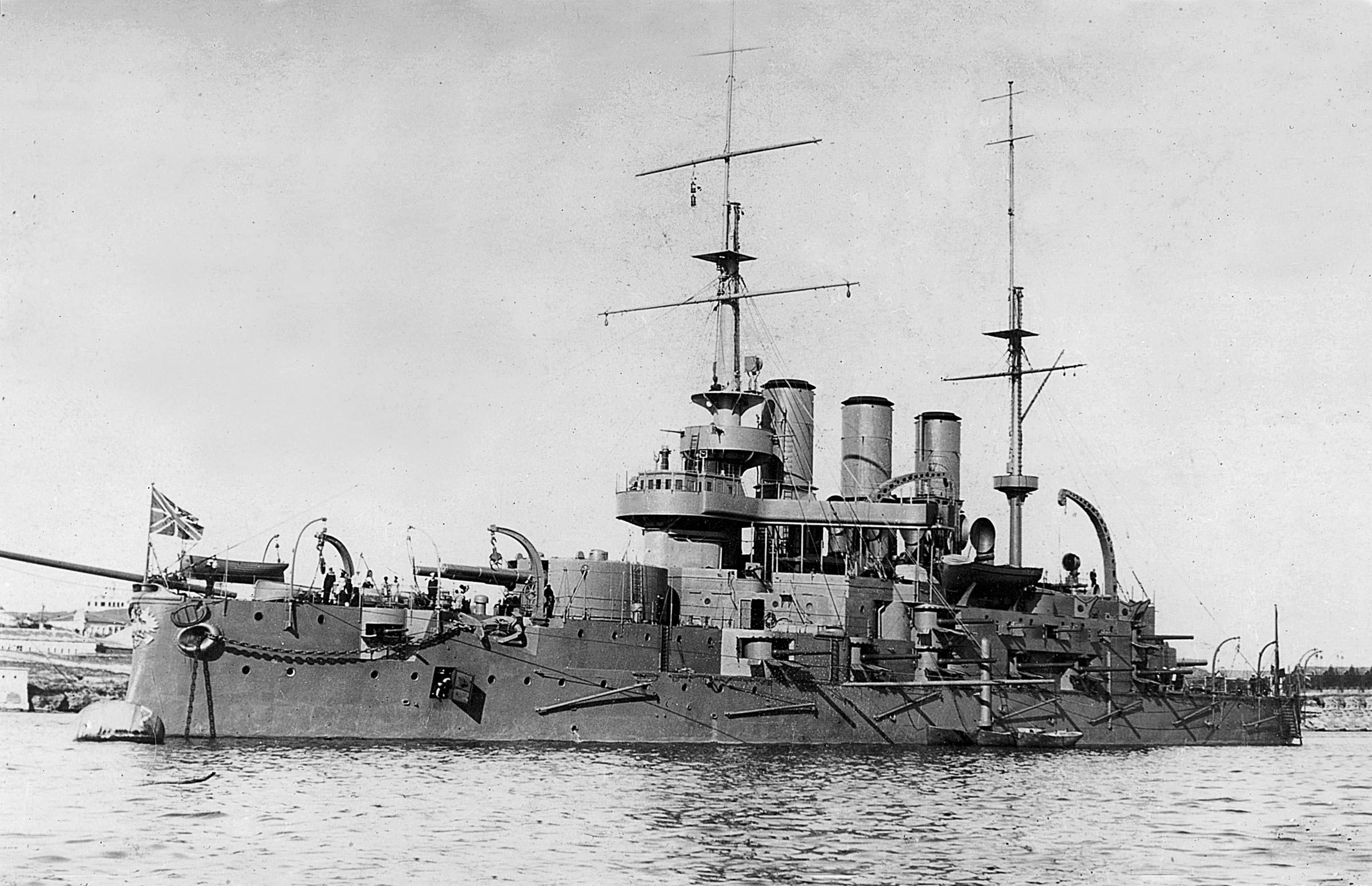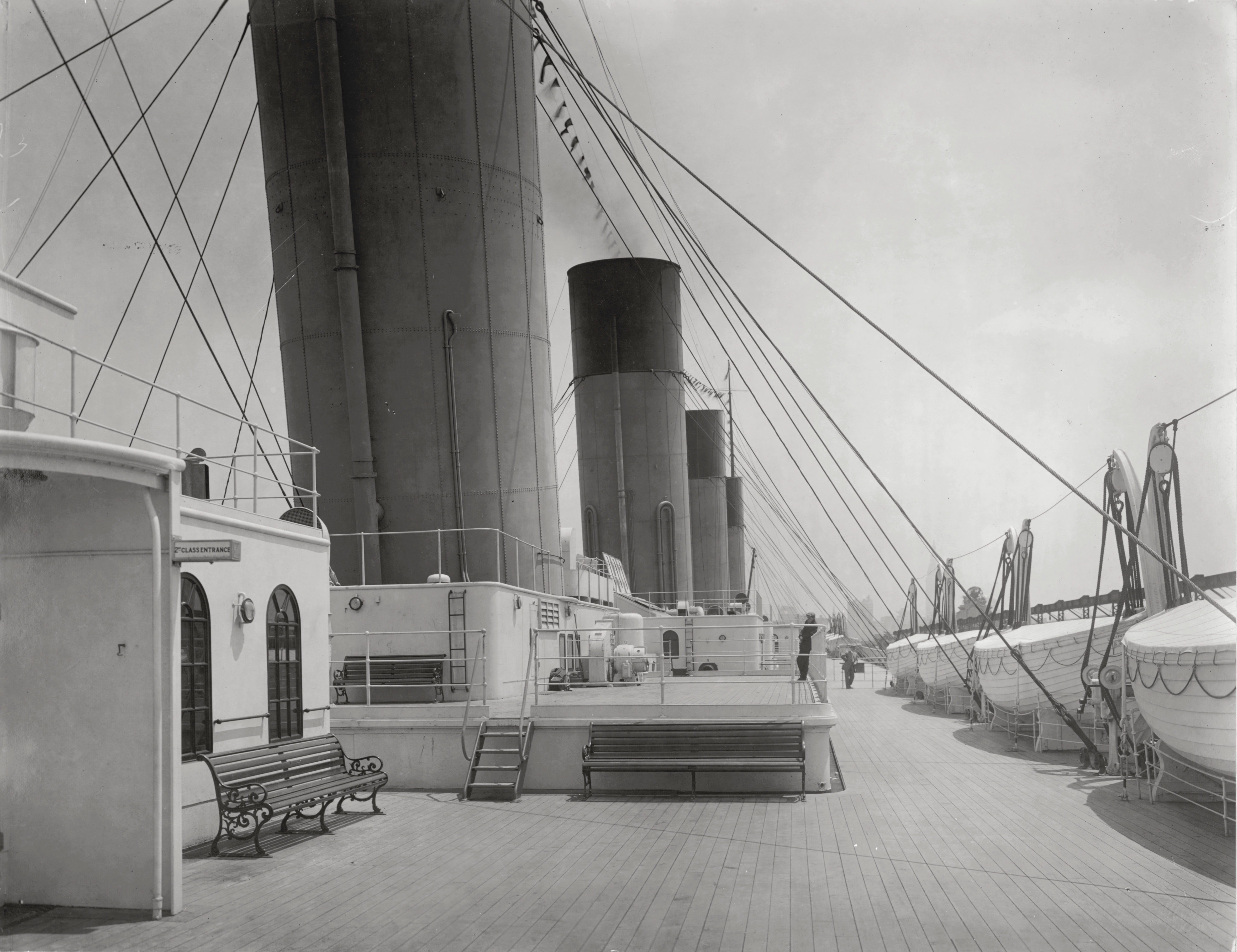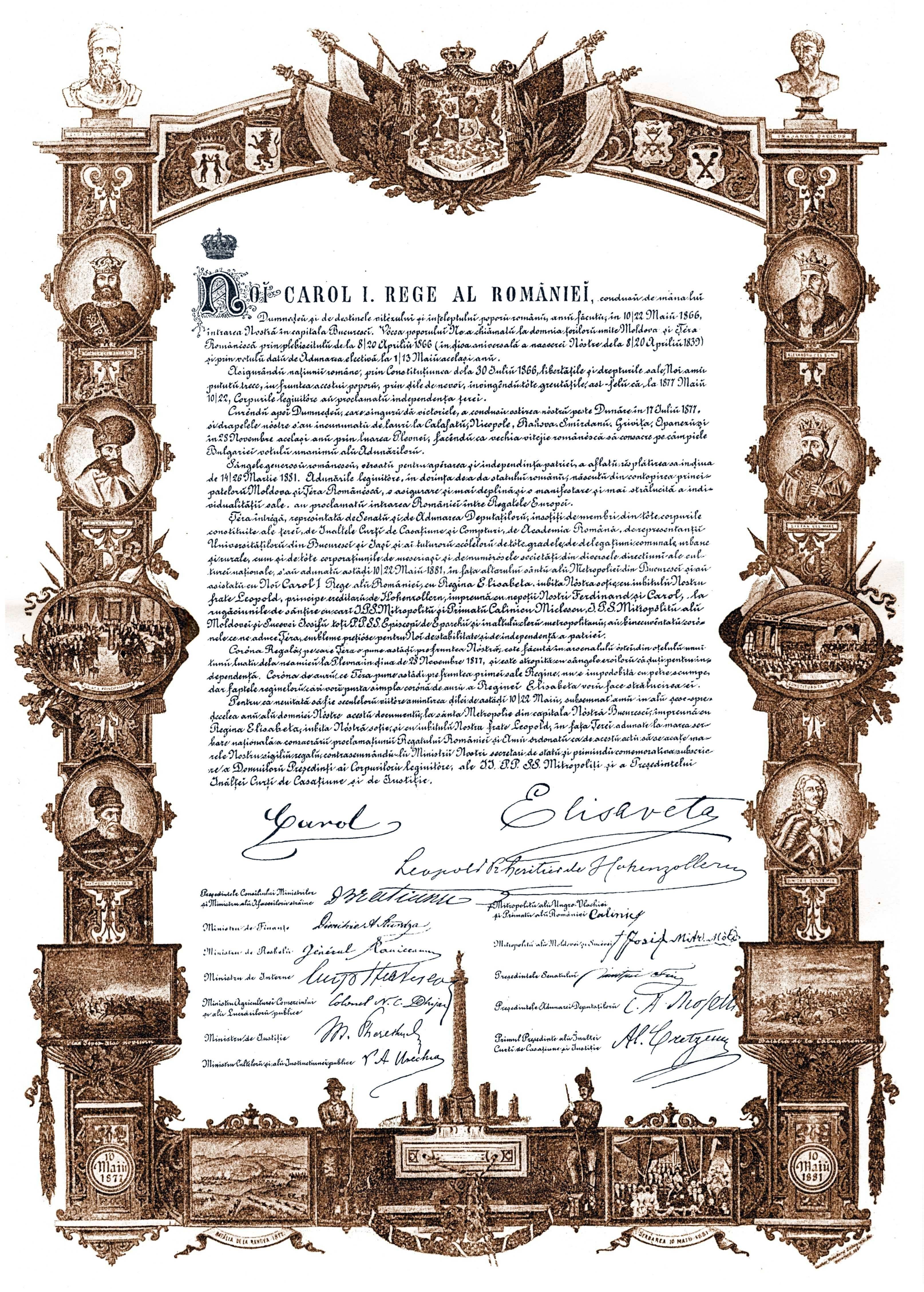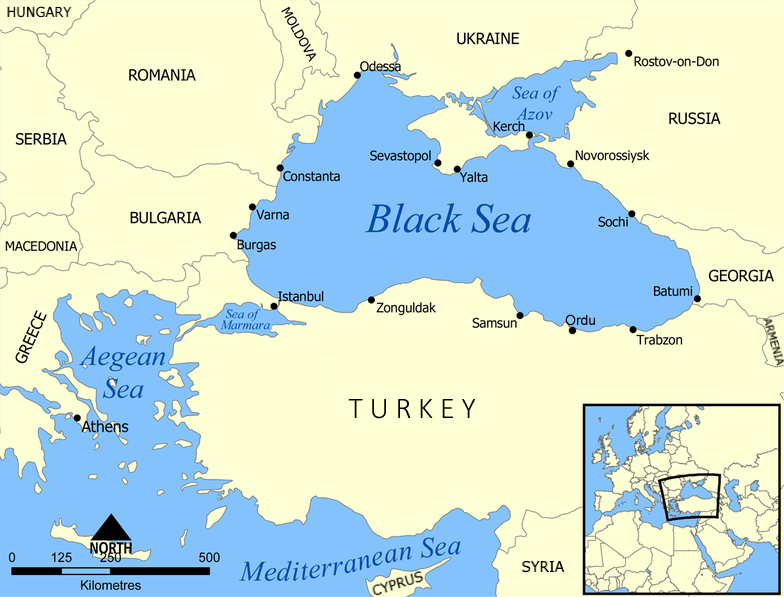|
Potemkin Mutiny
The Russian battleship ''Potemkin'' (, "Prince Potemkin of Taurida") was a pre-dreadnought battleship built for the Imperial Russian Navy's Black Sea Fleet. She became famous during the Revolution of 1905, when her crew mutinied against their officers. This event later formed the basis for Sergei Eisenstein's 1925 silent film ''Battleship Potemkin''. After the mutineers sought asylum in Constanța, Romania, and after the Russians recovered the ship, her name was changed to ''Panteleimon''. She accidentally sank a Russian submarine in 1909 and was badly damaged when she ran aground in 1911. During World War I, ''Panteleimon'' participated in the Battle of Cape Sarych in late 1914. She covered several bombardments of the Bosphorus fortifications in early 1915, including one where the ship was attacked by the Ottoman battlecruiser ''Yavuz Sultan Selim'' – ''Panteleimon'' and the other Russian pre-dreadnoughts present drove her off before she could inflict any serious damage ... [...More Info...] [...Related Items...] OR: [Wikipedia] [Google] [Baidu] |
Mykolayiv Shipyard
Mykolaiv Shipyard () () was a major shipyard located in Mykolaiv, Ukraine. Originally named the Nikolayev Admiralty, and constructed in 1788 for the purpose of supplying the Russian Black Sea Fleet, the Mykolaiv Shipyard was famous for having built warships such as ''Vitse-admiral Popov'', '' Knyaz' Potemkin-Tavricheskiy and Imperator Nikolai I'' for the Russian Empire, and ''Soobrazitelny'', ''Gnevny'', ''Nikolayev'' and '' Slava for the'' Soviet Union''.'' Until 2017, the shipyard was named as the Shipyard named after 61 Communards, a name inherited from its period as a major Soviet Navy shipyard.The shipyard has also been referred to as the Mykolaiv North Shipyard, to differentiate it from the Black Sea Shipyard present in the same city.Polmar, p. 407 The Mykolaiv shipyard is a subsidiary of the Ukrainian state-run defence conglomerate Ukroboronprom. The shipyard has largely been inactive since its declaration of bankruptcy in 2020, with its facilities and offices larg ... [...More Info...] [...Related Items...] OR: [Wikipedia] [Google] [Baidu] |
Deck (ship)
A deck is a permanent covering over a Compartment (ship), compartment or a hull (watercraft), hull of a ship. On a boat or ship, the primary or upper deck is the horizontal structure that forms the "roof" of the hull, strengthening it and serving as the primary working surface. Vessels often have more than one level both within the hull and in the superstructure above the primary deck, similar to the floors of a multi-storey building, that are also referred to as decks, as are certain compartments and decks built over specific areas of the superstructure. Decks for some purposes have specific names. Structure The main purpose of the upper or primary deck is structural, and only secondarily to provide weather-tightness and support people and equipment. The deck serves as the lid to the complex box girder which can be identified as the hull. It resists Tension (physics), tension, Compression (physics), compression, and racking forces. The deck's scantling is usually the same as t ... [...More Info...] [...Related Items...] OR: [Wikipedia] [Google] [Baidu] |
World War I
World War I or the First World War (28 July 1914 – 11 November 1918), also known as the Great War, was a World war, global conflict between two coalitions: the Allies of World War I, Allies (or Entente) and the Central Powers. Fighting took place mainly in European theatre of World War I, Europe and the Middle Eastern theatre of World War I, Middle East, as well as in parts of African theatre of World War I, Africa and the Asian and Pacific theatre of World War I, Asia-Pacific, and in Europe was characterised by trench warfare; the widespread use of Artillery of World War I, artillery, machine guns, and Chemical weapons in World War I, chemical weapons (gas); and the introductions of Tanks in World War I, tanks and Aviation in World War I, aircraft. World War I was one of the List of wars by death toll, deadliest conflicts in history, resulting in an estimated World War I casualties, 10 million military dead and more than 20 million wounded, plus some 10 million civilian de ... [...More Info...] [...Related Items...] OR: [Wikipedia] [Google] [Baidu] |
Ship Grounding
Ship grounding or ship stranding is the impact of a ship on seabed or waterway side. It may be intentional, as in beaching (nautical), beaching to land crew or cargo, and careening, for maintenance or repair, or unintentional, as in a marine accident. In accidental cases, it is commonly referred to as "running aground". When unintentional, grounding may result simply in stranding, with or without damage to the submerged part of the ship's hull. Breach of the hull may lead to significant flooding, which in the absence of containment in watertight bulkheads may substantially compromise the ship's structural integrity, stability, and safety. As hazard Severe grounding applies extreme loads upon ship structures. In less severe accidents, it might result only in damage to the hull; however, in most serious accidents, it might lead to hull breaches, cargo spills, total loss of the vessel, and, in the worst cases, human casualties. Grounding accounts for about one-third of commercia ... [...More Info...] [...Related Items...] OR: [Wikipedia] [Google] [Baidu] |
Kingdom Of Romania
The Kingdom of Romania () was a constitutional monarchy that existed from with the crowning of prince Karl of Hohenzollern-Sigmaringen as King of Romania, King Carol I of Romania, Carol I (thus beginning the Romanian royal family), until 1947 with the abdication of King Michael I of Romania, Michael I and the Romanian parliament's proclamation of the Socialist Republic of Romania, Romanian People's Republic. From 1859 to 1877, Romania evolved from a personal union of two Principality, principalities: (Moldavia and Wallachia) called the Unification of Moldavia and Wallachia also known as "The Little Union" under a single prince to an autonomous principality with a House of Hohenzollern, Hohenzollern monarchy. The country gained its independence from the Ottoman Empire during the Russo-Turkish War (1877–1878), 1877–1878 Russo-Turkish War (known locally as the Romanian War of Independence), after which it was forced to cede the southern part of Bessarabia in exchange for Northern ... [...More Info...] [...Related Items...] OR: [Wikipedia] [Google] [Baidu] |
Constanța
Constanța (, , ) is a city in the Dobruja Historical regions of Romania, historical region of Romania. A port city, it is the capital of Constanța County and the country's Cities in Romania, fourth largest city and principal port on the Black Sea coast. It is also the oldest continuously inhabited city in the region, founded around 600 BC, and among the List of oldest continuously inhabited cities, oldest in Europe. As of the 2021 Romanian census, 2021 census, Constanța has a population of 263,688. The Constanța metropolitan area includes 14 localities within of the city. It is one of the largest metropolitan areas in Romania. Ethnic Romanians became a majority in the city in the early 20th century. The city still has small Tatars, Tatar and Greek people, Greek communities, which were substantial in previous centuries, as well as Turkish people, Turkish and Romani people, Romani residents, among others. Constanța has a rich multicultural heritage, as, throughout history, ... [...More Info...] [...Related Items...] OR: [Wikipedia] [Google] [Baidu] |
Battleship Potemkin
'' Battleship Potemkin'' (, ), sometimes rendered as ''Battleship Potyomkin'', is a 1925 Soviet silent epic film produced by Mosfilm. Directed and co-written by Sergei Eisenstein, it presents a dramatization of the mutiny that occurred in 1905 when the crew of the Russian battleship ''Potemkin'' rebelled against their officers. In 1958, the film was voted on Brussels 12 list at the 1958 World Expo. ''Battleship Potemkin'' is widely considered one of the greatest films ever made. In the most recent ''Sight and Sound'' critics' poll in 2022, it was voted the fifty-fourth-greatest film of all time, and it had been placed in the top 10 in many previous editions. Plot The film is set in June 1905; the protagonists of the film are the members of the crew of the ''Potemkin'', a battleship of the Imperial Russian Navy's Black Sea Fleet. Eisenstein divided the plot into five acts, each with its own title: Act I: Men and Maggots The scene begins with two sailors, Matyushenko and ... [...More Info...] [...Related Items...] OR: [Wikipedia] [Google] [Baidu] |
Sergei Eisenstein
Sergei Mikhailovich Eisenstein; (11 February 1948) was a Soviet film director, screenwriter, film editor and film theorist. Considered one of the greatest filmmakers of all time, he was a pioneer in the theory and practice of montage. He is noted in particular for his silent films '' Strike'' (1925), '' Battleship Potemkin'' (1925) and ''October'' (1928), as well as the historical epics '' Alexander Nevsky'' (1938) and ''Ivan the Terrible'' (1945/1958). In its 2012 decennial poll, the magazine '' Sight & Sound'' named his ''Battleship Potemkin'' the 11th-greatest film of all time. Early life Sergei Eisenstein was born on in Riga, in the Governorate of Livonia, Russian Empire (present-day Latvia), to a middle-class family. His family moved frequently in his early years, as Eisenstein continued to do throughout his life. His father, the architect Mikhail Osipovich Eisenstein, was born in the Kiev Governorate, to a Jewish merchant father, Osip, and a Swedish mother. Sergei ... [...More Info...] [...Related Items...] OR: [Wikipedia] [Google] [Baidu] |
Revolution Of 1905
The Russian Revolution of 1905, also known as the First Russian Revolution, was a revolution in the Russian Empire which began on 22 January 1905 and led to the establishment of a constitutional monarchy under the Russian Constitution of 1906, the country's first. The revolution was characterized by mass political and social unrest including worker strikes, peasant revolts, and military mutinies directed against Tsar Nicholas II and the autocracy, who were forced to establish the State Duma legislative assembly and grant certain rights, though both were later undermined. In the years leading up to the revolution, impoverished peasants had become increasingly angered by repression from their landlords and the continuation of semi-feudal relations. Further discontent grew due to mounting Russian losses in the Russo-Japanese War, poor conditions for workers, and urban unemployment. On , known as " Bloody Sunday", a peaceful procession of workers was fired on by guards outside the ... [...More Info...] [...Related Items...] OR: [Wikipedia] [Google] [Baidu] |
Black Sea Fleet
The Black Sea Fleet () is the Naval fleet, fleet of the Russian Navy in the Black Sea, the Sea of Azov and the Mediterranean Sea. The Black Sea Fleet, along with other Russian ground and air forces on the Crimea, Crimean Peninsula, are subordinate to the Southern Military District of the Russian Armed Forces. The fleet traces its history to its founding by Grigory Potemkin, Prince Potemkin on 13 May 1783 as part of the Imperial Russian Navy. The Russian Soviet Federative Socialist Republic, Russian SFSR inherited the fleet in 1918; with the founding of the Soviet Union in 1922, it became part of the Soviet Navy. Following the Dissolution of the Soviet Union, collapse of the Soviet Union in 1991, the Black Sea Fleet was partitioned between the Russia, Russian Federation and Ukraine in 1997, with Russia receiving title to 82% of the vessels. The Black Sea Fleet has its official primary headquarters and facilities at the Sevastopol Naval Base, Crimea, which Annexation of Crimea by ... [...More Info...] [...Related Items...] OR: [Wikipedia] [Google] [Baidu] |
Imperial Russian Navy
The Imperial Russian Navy () operated as the navy of the Russian Tsardom and later the Russian Empire from 1696 to 1917. Formally established in 1696, it lasted until being dissolved in the wake of the February Revolution and the declaration of the Russian Republic in 1917. It developed from a smaller force that had existed prior to Tsar Peter the Great's founding of the modern Russian navy during the Azov campaigns (1695–1696), Second Azov campaign in 1696, and expanded in the second half of the 18th century before reaching its peak strength by the early part of the 19th century, behind only the British and French fleets in terms of size. The Imperial Navy drew its officers from the aristocracy of the Empire, who belonged to the state Russian Orthodox Church. Young aristocrats began to be trained for leadership at a national naval boarding school, the Naval Cadet Corps (Russia), Naval Cadet Corps. From 1818 on, only officers of the Imperial Russian Navy were appointed to the p ... [...More Info...] [...Related Items...] OR: [Wikipedia] [Google] [Baidu] |
Pre-dreadnought Battleship
Pre-dreadnought battleships were sea-going battleships built from the mid- to late- 1880s to the early 1900s. Their designs were conceived before the appearance of in 1906 and their classification as "pre-dreadnought" is retrospectively applied. In their day, they were simply known as "battleships" or else more rank-specific terms such as "first-class battleship" and so forth. The pre-dreadnought battleships were the pre-eminent warships of their time and replaced the ironclad warship, ironclad battleships of the 1870s and 1880s. In contrast to the multifarious development of ironclads in preceding decades, the 1890s saw navies worldwide start to build battleships to a common design as dozens of ships essentially followed the design of the Royal Navy's . Built from steel, protected by compound armour, compound, nickel steel or case-hardening, case-hardened steel armor, pre-dreadnought battleships were driven by coal-fired boilers powering triple-expansion steam engine, compou ... [...More Info...] [...Related Items...] OR: [Wikipedia] [Google] [Baidu] |









